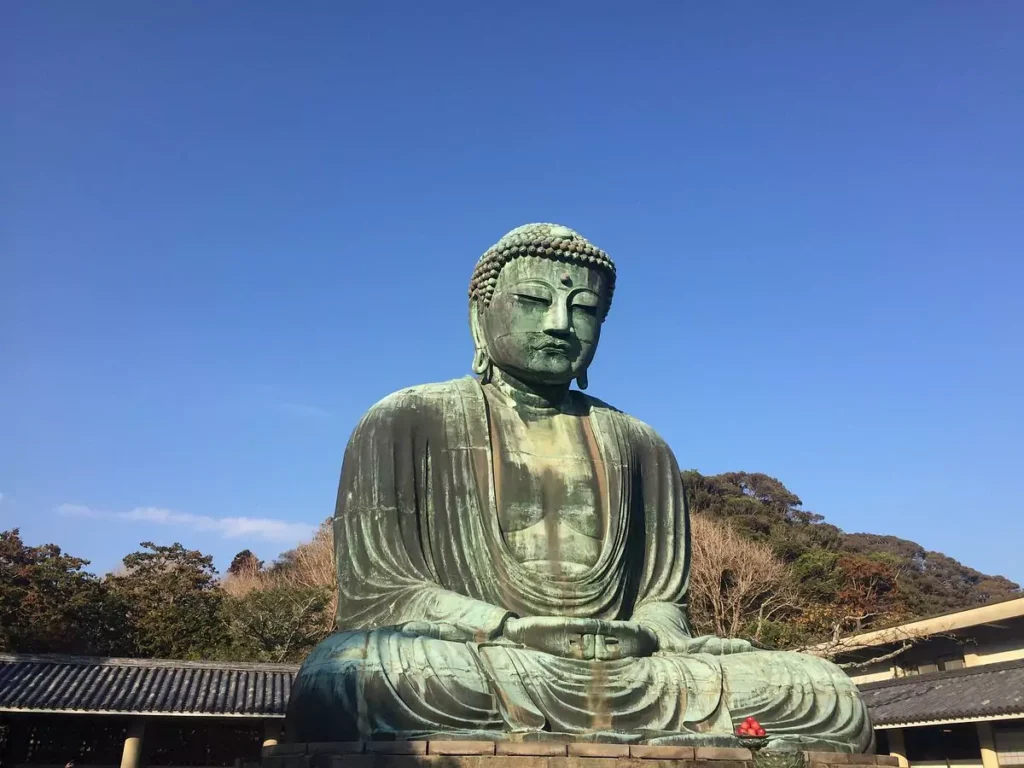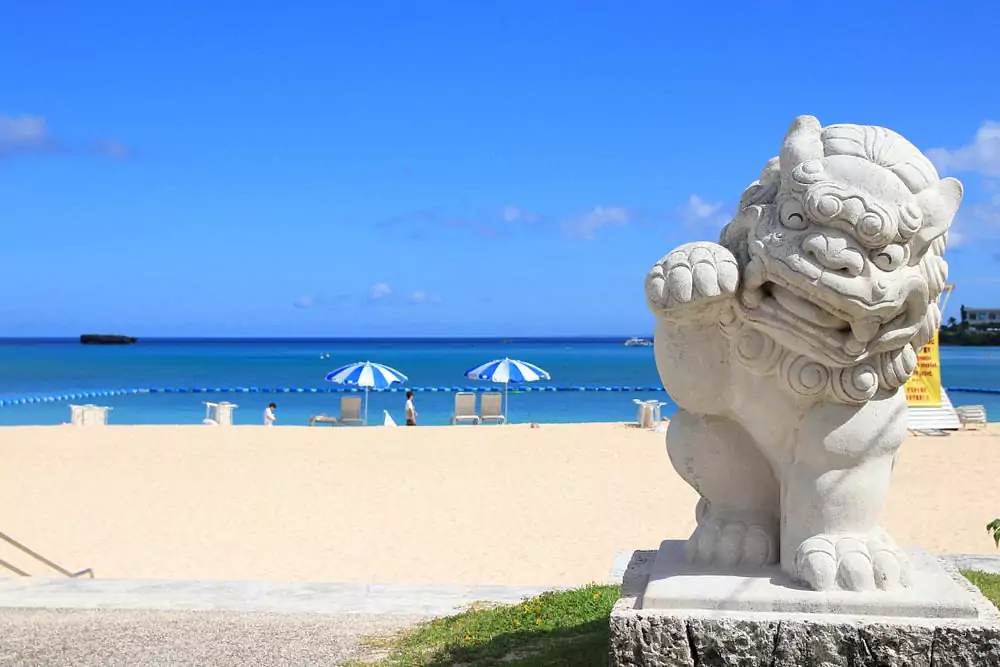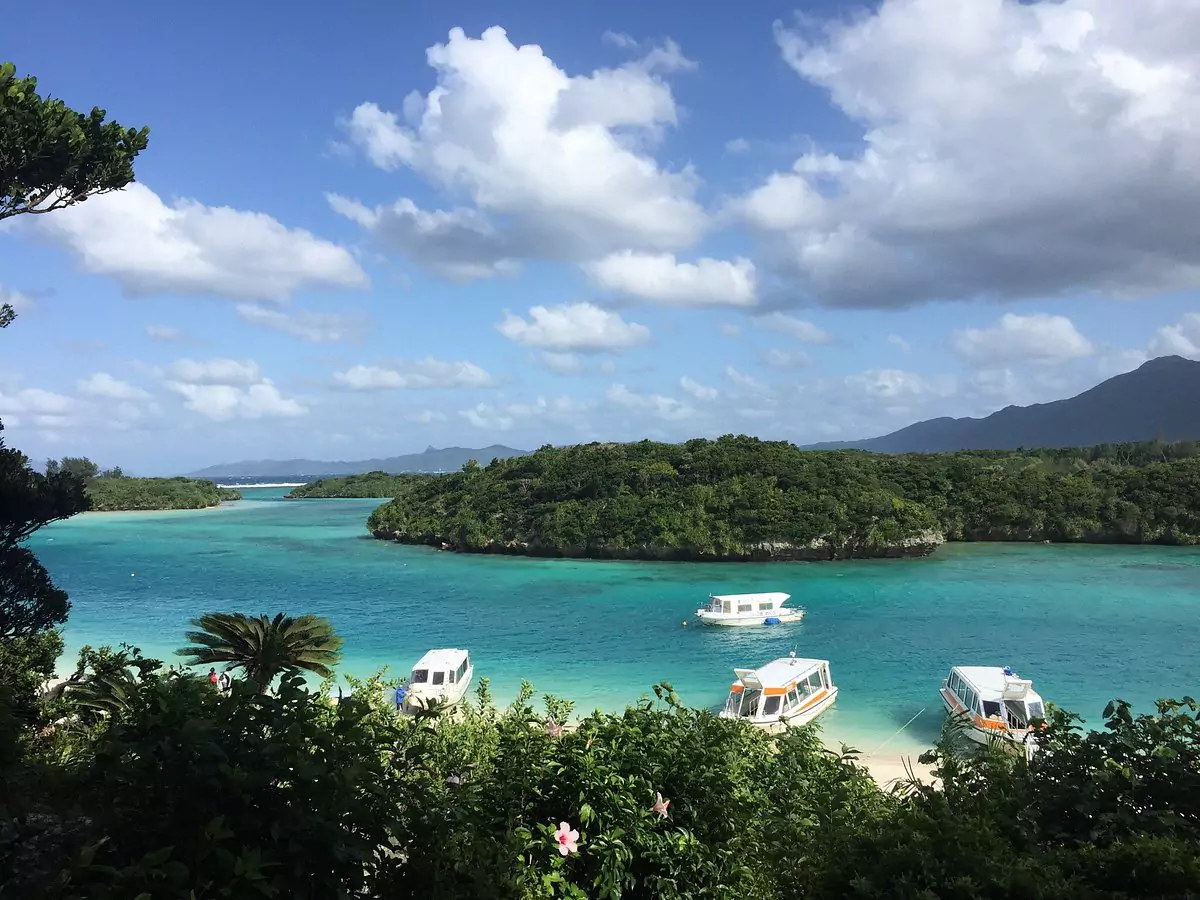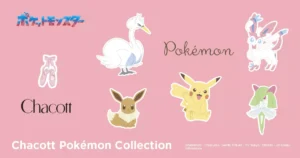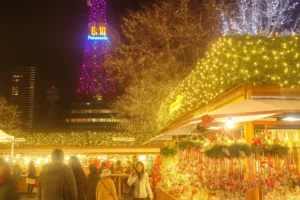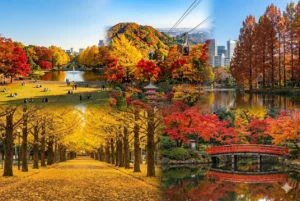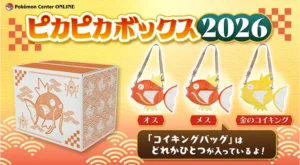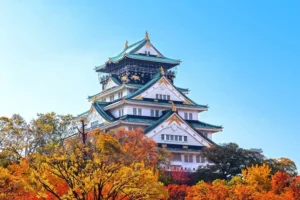Ever stared at a map of Japan and wondered where to begin?
Japan looks small, but it’s packed with islands, cities, mountains, and culture! If you’re planning a trip, it might feel confusing at first. What are the main areas? How do people travel from place to place? What’s up with all the islands?
Don’t worry—this beginner-friendly guide will help you explore the map of Japan like a pro. We’ll answer 10 common questions travelers ask before visiting Japan.
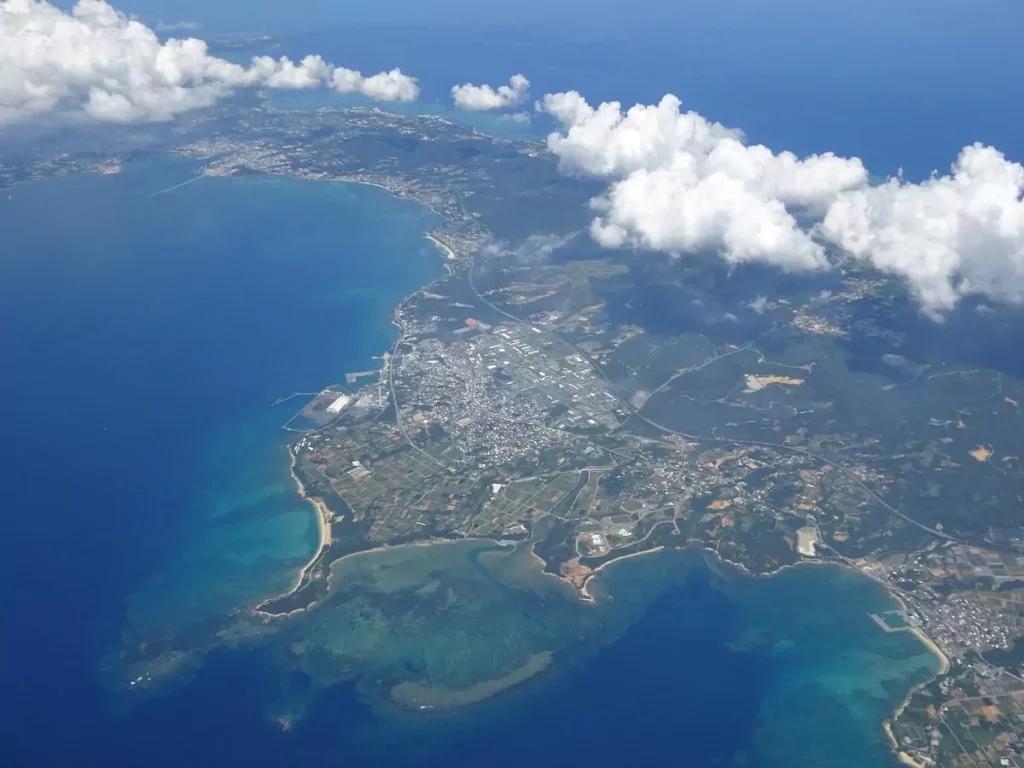
Let’s start with the basics and take the stress out of your adventure!
Overview: Understanding the Map of Japan
Japan is an island nation in East Asia. Japan is made up of four major islands and many smaller ones. When people talk about Japan, they usually focus on these four main islands:
- Honshu (the biggest and most populated)
- Hokkaido (in the north, known for snow)
- Kyushu (in the southwest, warm and full of hot springs)
- Shikoku (small and peaceful)
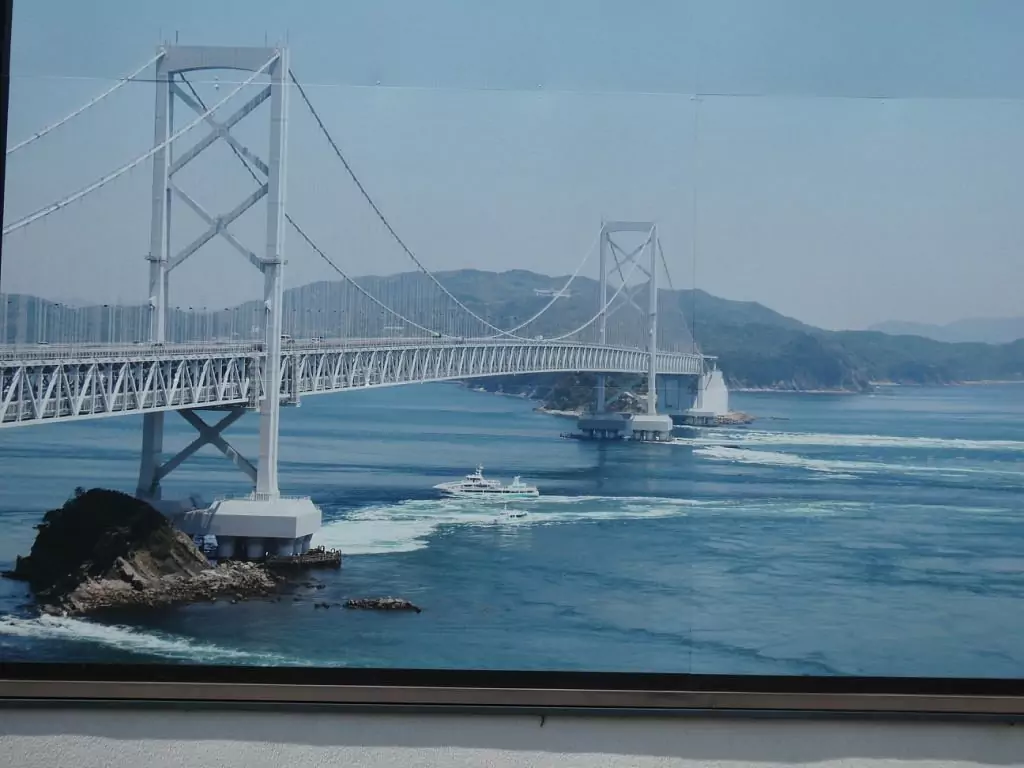
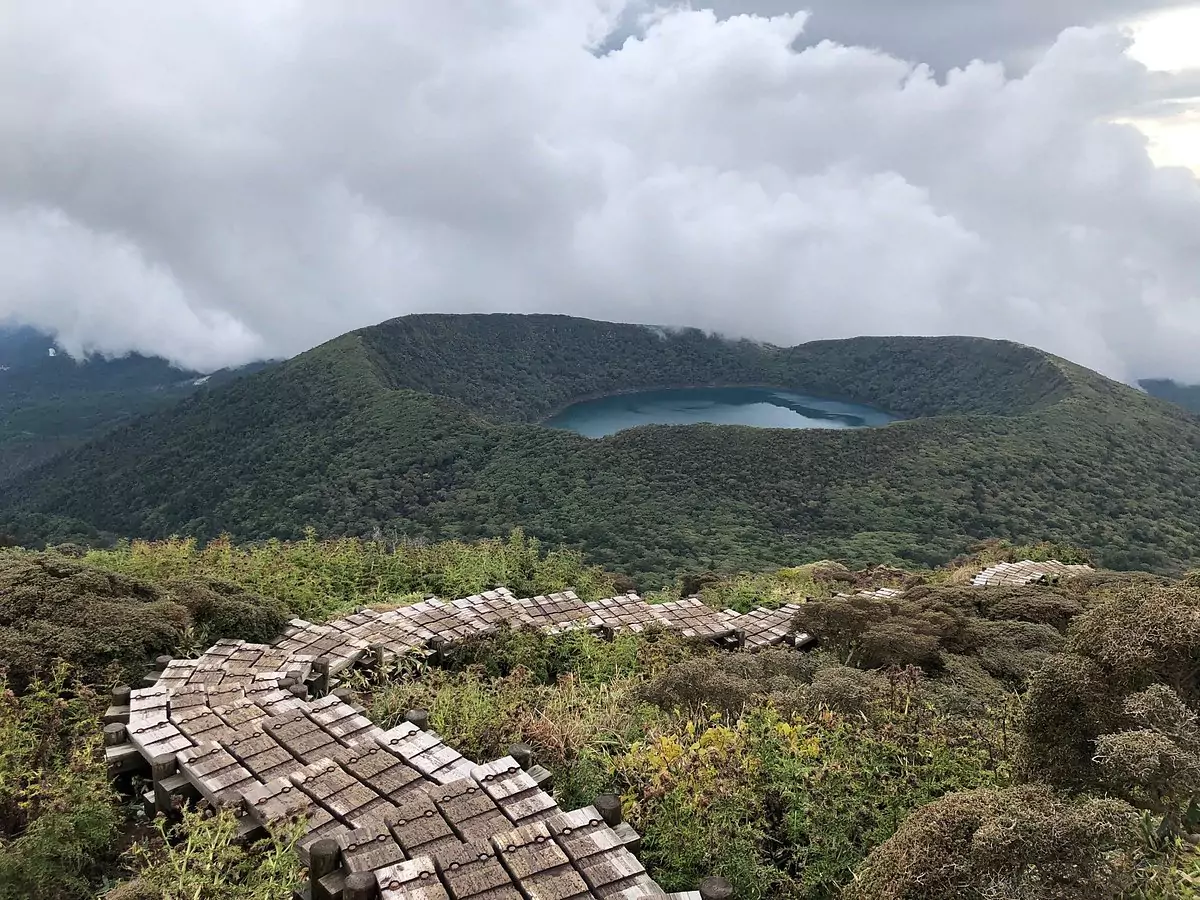
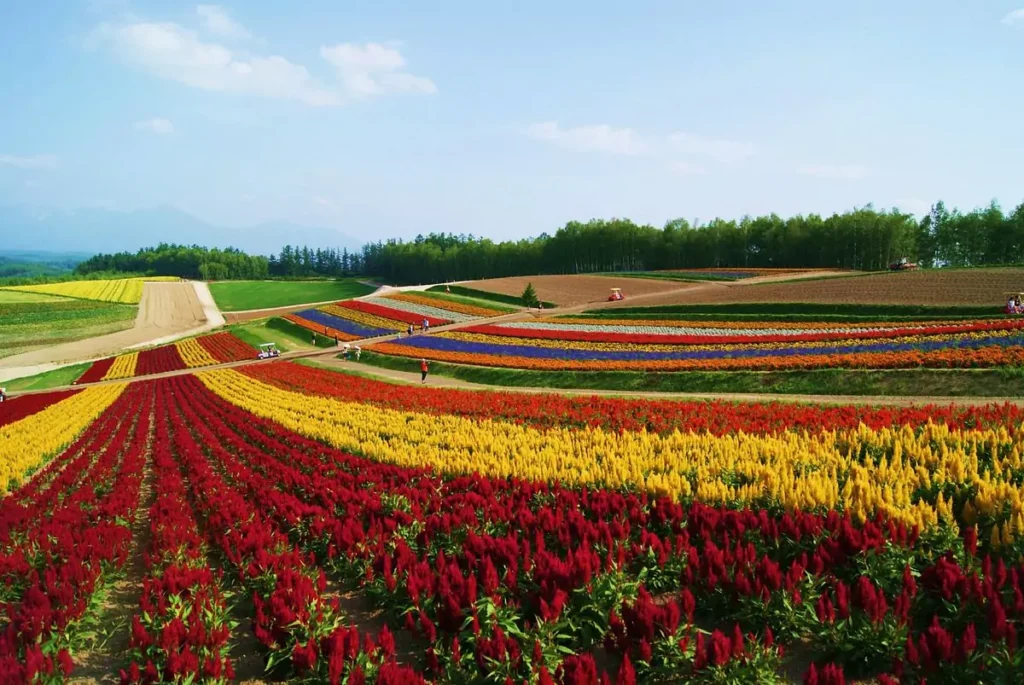
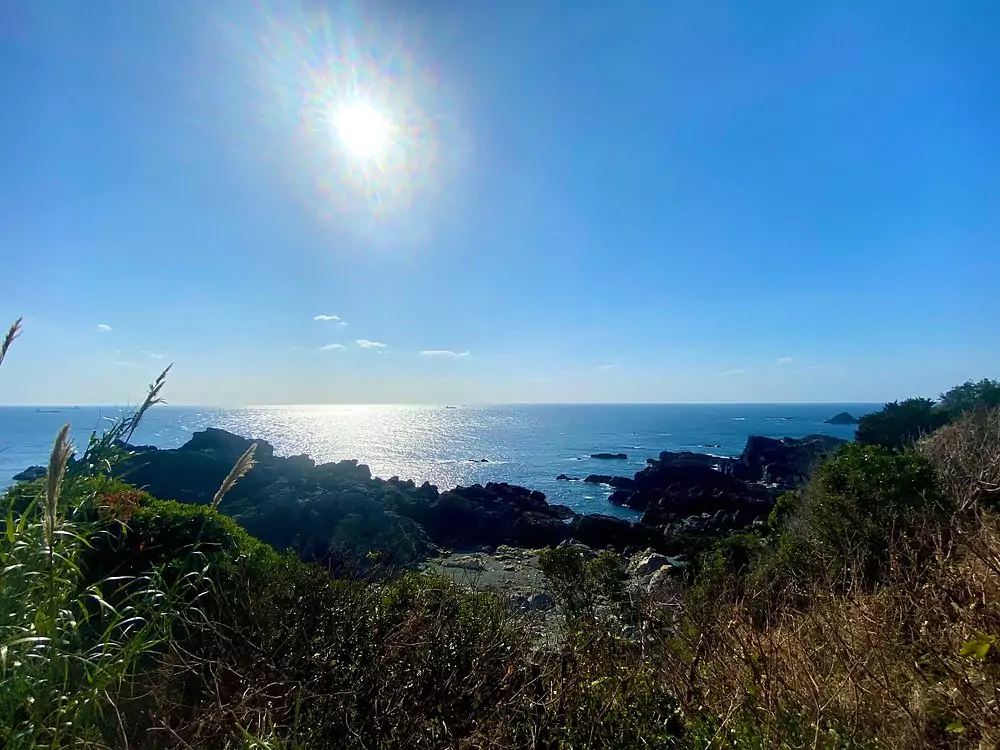
Each island has many cities and regions. Together, they form a long, curved shape that stretches from cold mountains to sunny beaches. The A guide to Japan helps travelers know where to go depending on the weather, festivals, and things to do!
The Map of Japan: 10 FAQs Answered for New Travelers
1 . Which cities stand out the most on the map of Japan?
A few cities shine brightly when you look at the map of Japan.
- Tokyo – The exciting capital city full of neon lights.
- Kyoto – A peaceful city known for temples and geishas.
- Osaka – A fun place for food and friendly people.
- Sapporo – Great for snow and winter sports.
- Hiroshima – Known for peace memorials and history.
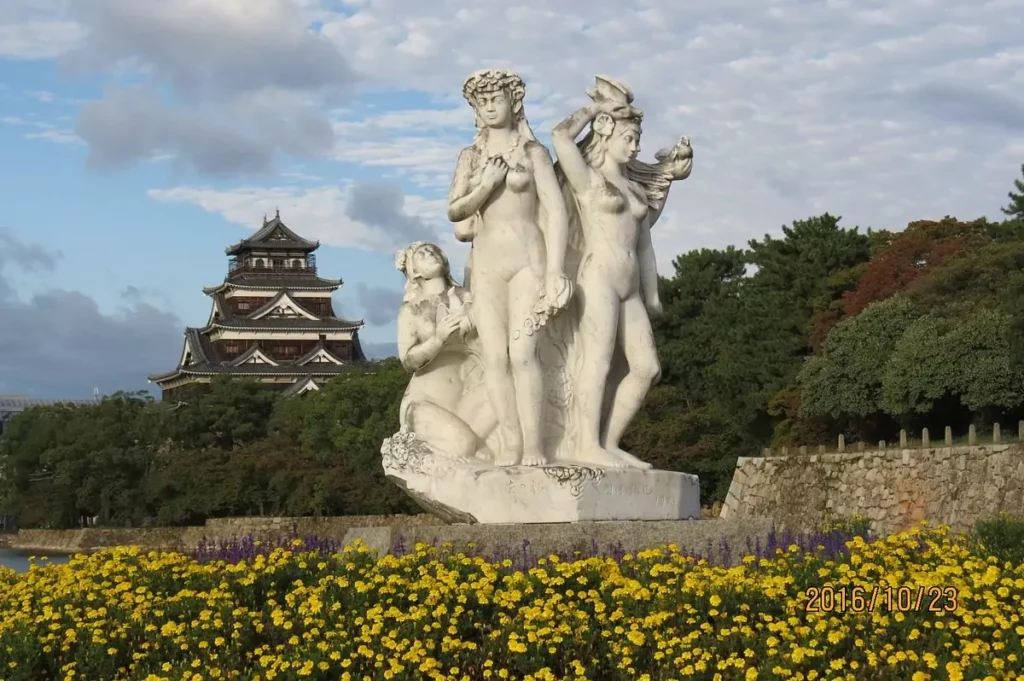

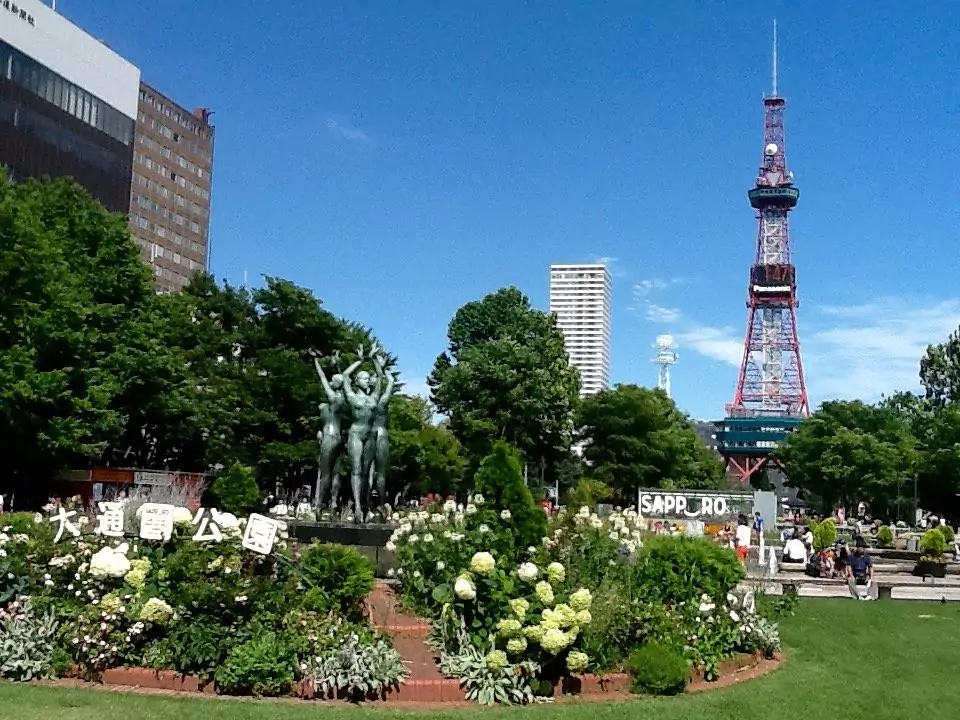
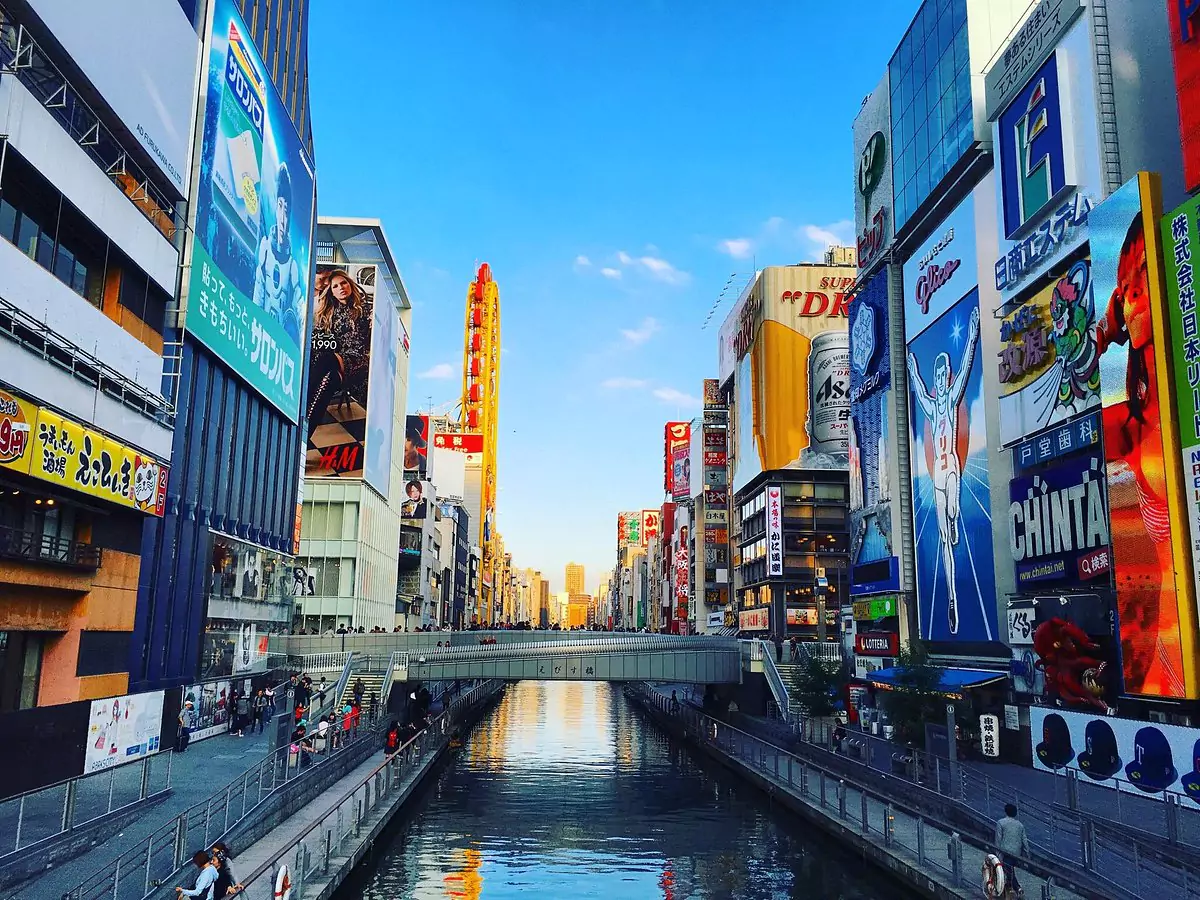
Each city has something unique, so your map of Japan can help you plan based on what you enjoy!
2. How many regions are there in Japan?
Japan is divided into eight regions:
- Hokkaido
- Tohoku
- Kanto
- Chubu
- Kansai
- Chugoku
- Shikoku
- Kyushu (includes Okinawa)
Each region on the map japan has its own weather, food, and culture. For example, the Kansai region (Kyoto and Osaka) is famous for warm people and traditional food.
3. Does Japan truly consist of thousands of islands?
Yes! Japan has about 6,800 islands! Most people live on the four big ones. Many of the smaller islands are peaceful, with a few being secret treasures.
On the Japan’s geography, you’ll see long chains of islands like Okinawa. These southern islands are perfect for beaches and diving.
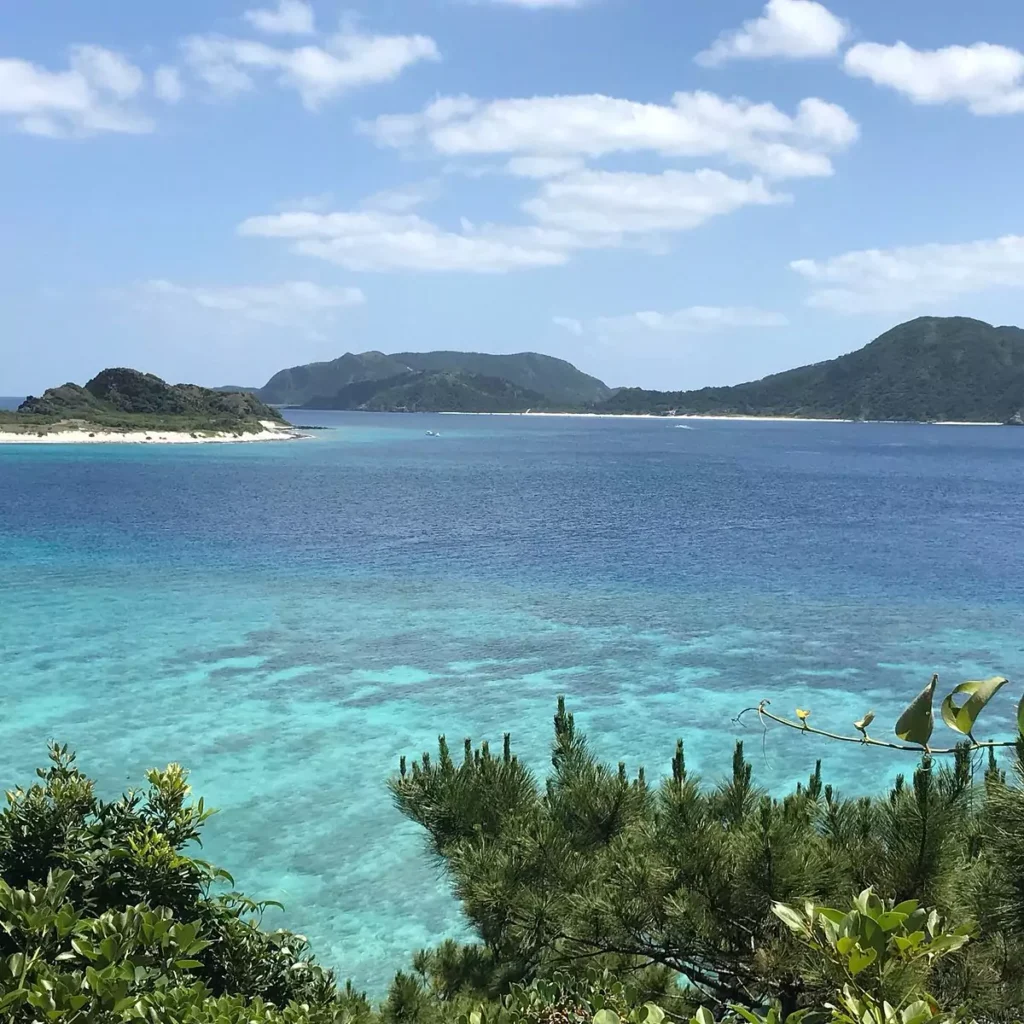
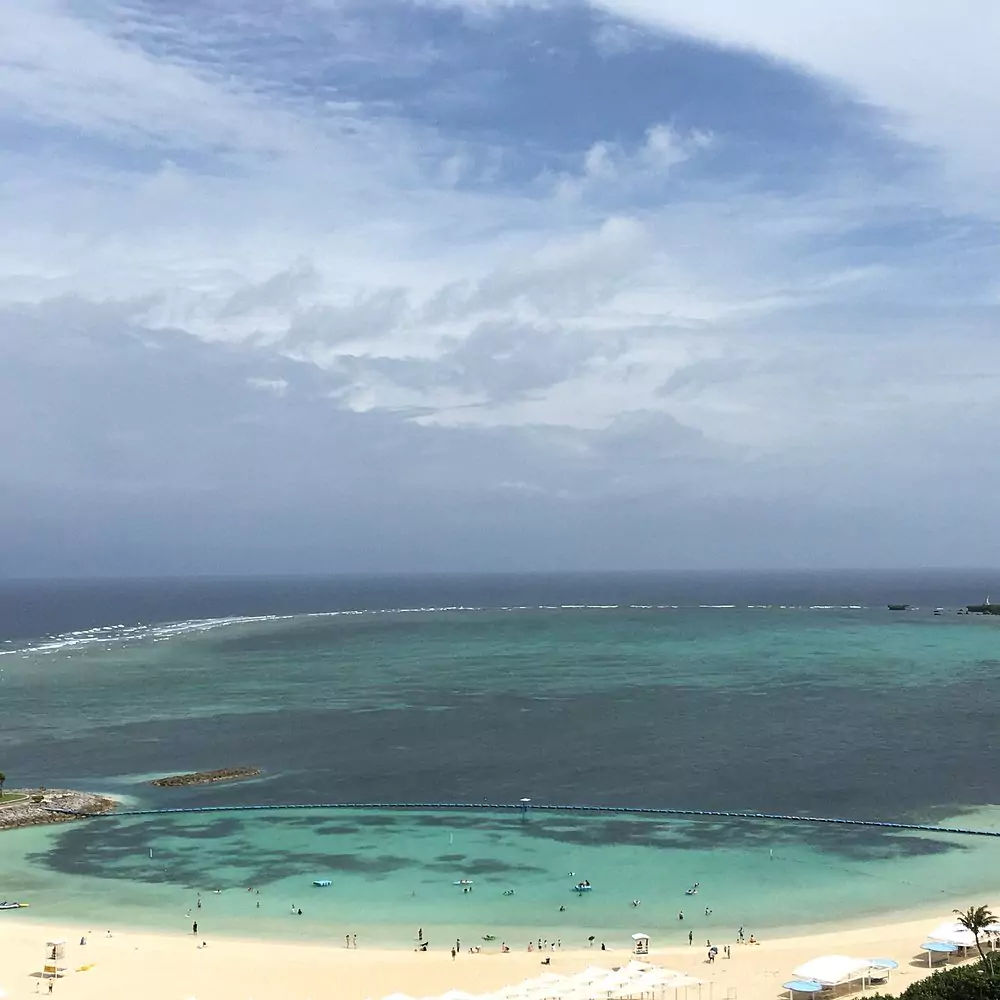
4. Can you spot Mount Fuji on the map of Japan?
Mount Fuji stands as the highest peak in Japan and a well-known national icon.
It’s located between Tokyo and Kyoto, in the Chubu region. On the map of Japan, it’s right near the center. Many travelers take a short trip from Tokyo to see or climb it!
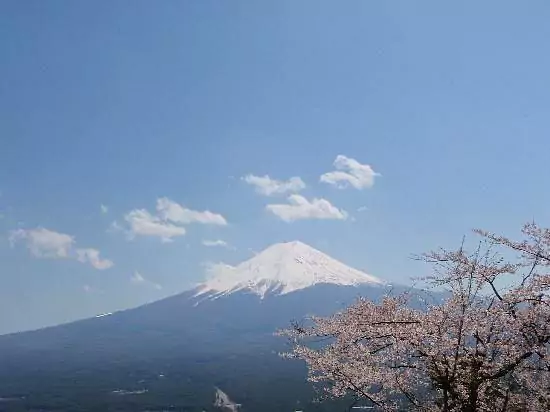
5. How do I travel between places in Japan?
Trains are the best way! The Shinkansen, or bullet train, travels quickly across the map of Japan.
For example:
- Tokyo to Kyoto = about 2.5 hours
- Tokyo to Osaka = about 3 hours
There are also buses, subways, and ferries. Japan has one of the best train maps in the world.
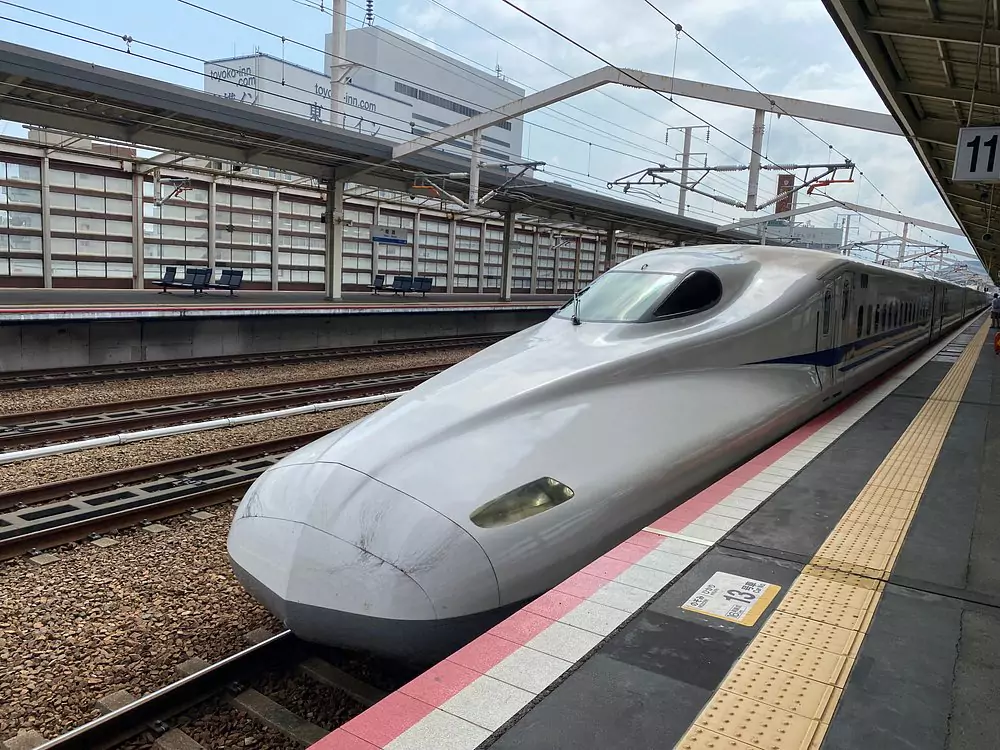
6. What’s the weather like across the map of Japan?
It depends on where you go!
- North (Hokkaido) = cold and snowy
- Central (Tokyo, Kyoto) = four seasons
- South (Okinawa) = warm and tropical
The map of Japan helps you choose the best place depending on the season. Want cherry blossoms? Visit in spring. Like snow? Go north in winter!
7. Which part of the map of Japan is best for food?
That’s a tough one—Japan has amazing food everywhere!
- Osaka is called “Japan’s kitchen.”
- Fukuoka is famous for ramen.
- Sapporo has delicious seafood and miso soup.
- Tokyo has everything from sushi to street snacks!
Let the map of Japan guide your tastebuds.
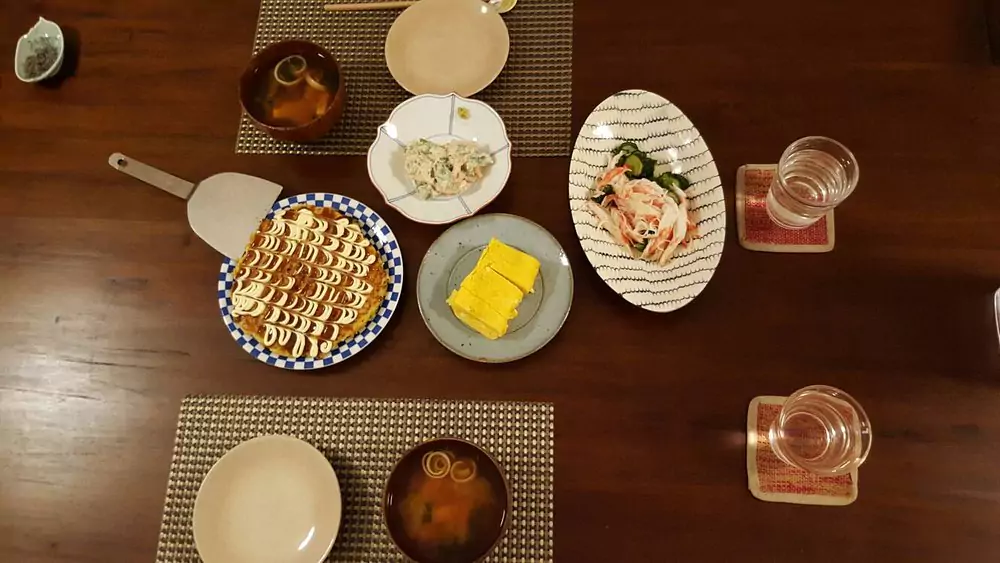
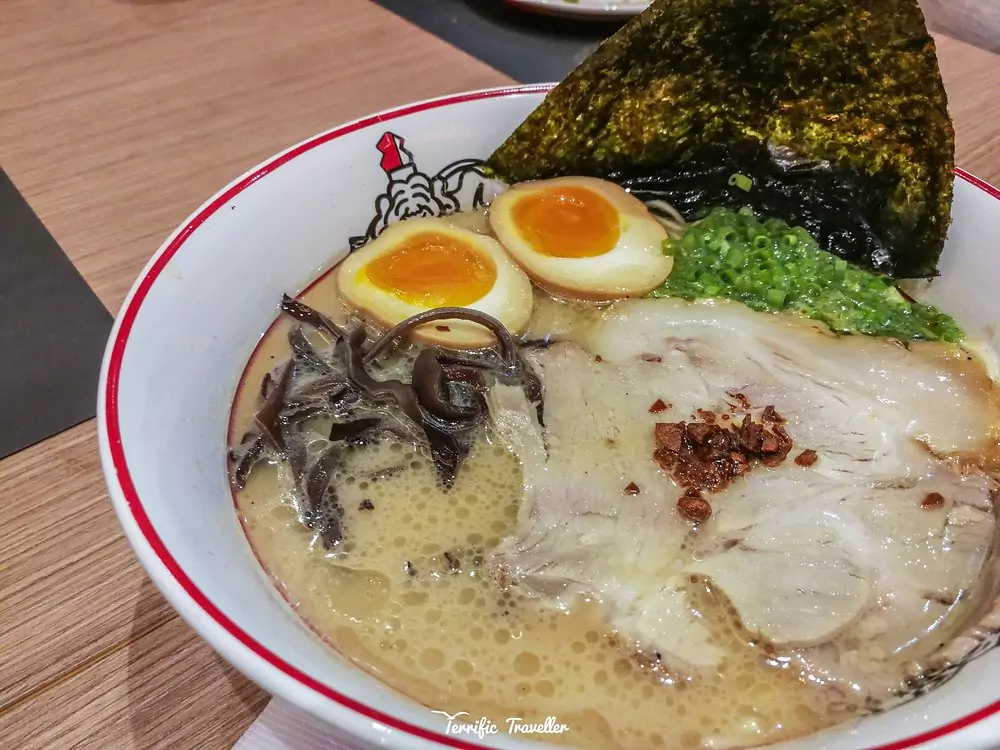
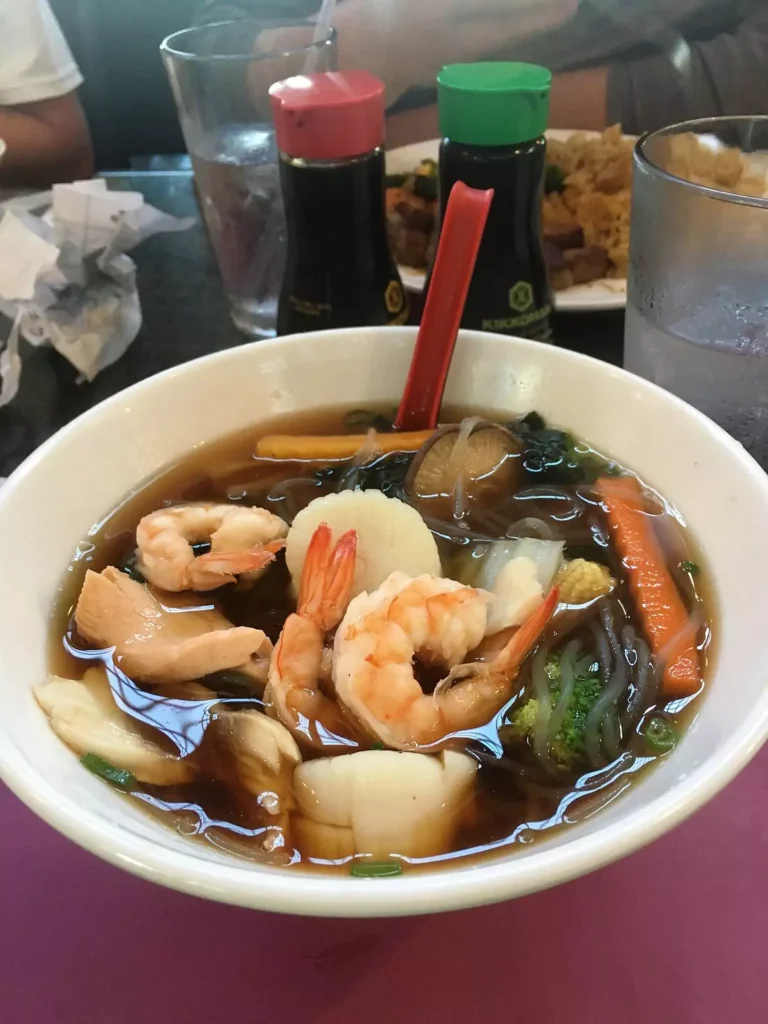
8. Are there beaches on the map of Japan?
Yes! Japan is surrounded by ocean, so there are many beautiful beaches.
Some top beach spots:
- Okinhttps://japantovisit.com/okinawa-japan-trip-planning-tips/awa – white sands and blue waters
- Kamakura – near Tokyo
- Ishigaki Island – great for snorkeling
The southern part of the map of Japan is perfect for a beach vacation.
9. Is Japan easy to get around for new travelers?
Yes! Japan is safe, clean, and friendly. Maps at train stations are in English, and people are happy to help.
The map of Japan might look big at first, but with a train pass and a little planning, it’s easy to get around.
10. What should I remember when reading the map of Japan?
Here are three quick tips:
- North is cold, south is warm.
- Trains connect most cities—use the rail map.
- Look for icons—mountains, castles, shrines, and hot springs!
Use your map japan not just for directions—but for discovering new experiences.
As the summer sun heats up, nothing beats a refreshing bite of Japanese seasonal summer foods, from cooling somen noodles to tangy hiyashi chūka. If you’re curious about what traditional dishes to try during Japan’s sweltering months, check out our detailed guide on Japanese summer foods—you’ll find great tips and tasty recipes to keep you cool and energized all season long.
✨ Conclusion: Explore the Map of Japan Your Way
Japan offers a mix of wonders—from old temples and lively cities to delicious food and calm natural spots. At first, the map of Japan with cities might seem tricky, but now you know how it works!
Whether you’re dreaming of cherry blossoms in Kyoto or snow in Hokkaido, the map can help you choose the perfect route.
So grab your travel journal, follow your map of Japan, and start planning your adventure. 🇯🇵
❓FAQs
Q1: How can you explore the map of Japan online most effectively?
Try using Google Maps or Japan Rail maps for train routes. There are also tourist maps with pictures and icons for easier understanding.
Q2: Is it better to travel north or south in Japan?
It depends on the season! Go north for snow, and south for beaches. Spring and fall are perfect for most regions.
Q3: Are Japanese maps available in English?
Yes! Tourist centers and apps offer English maps. In most areas, you’ll find signs written in both English and Japanese.
“Q4: Is it better to use a paper map or go digital when exploring Japan?”
Both help! A paper map of Japan is fun for marking places. Digital maps work great for finding directions and checking train times.
Q5:What’s the travel time between Tokyo and Kyoto?
By bullet train, about 2.5 hours. It’s fast, comfy, and great for sightseeing on the go!
